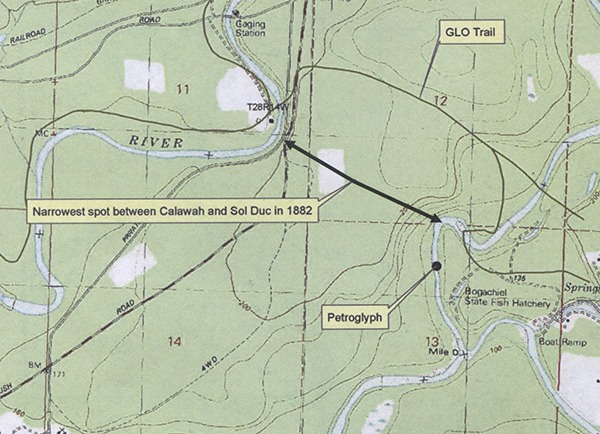On Wednesday Dec. 10, at 11 a.m. at a location near the Bogachiel Fish Hatchery, the Quileute Tribe recovered a newly-discovered petroglyph in a ceremony near where it was found along the Calawah River. The limestone rock, hand-carved prior to contact with Europeans, depicts a legendary battle between the tribe’s creator and a monstrous red lizard that guarded passage on the shortest path between the Sol Duc and Calawah rivers.



